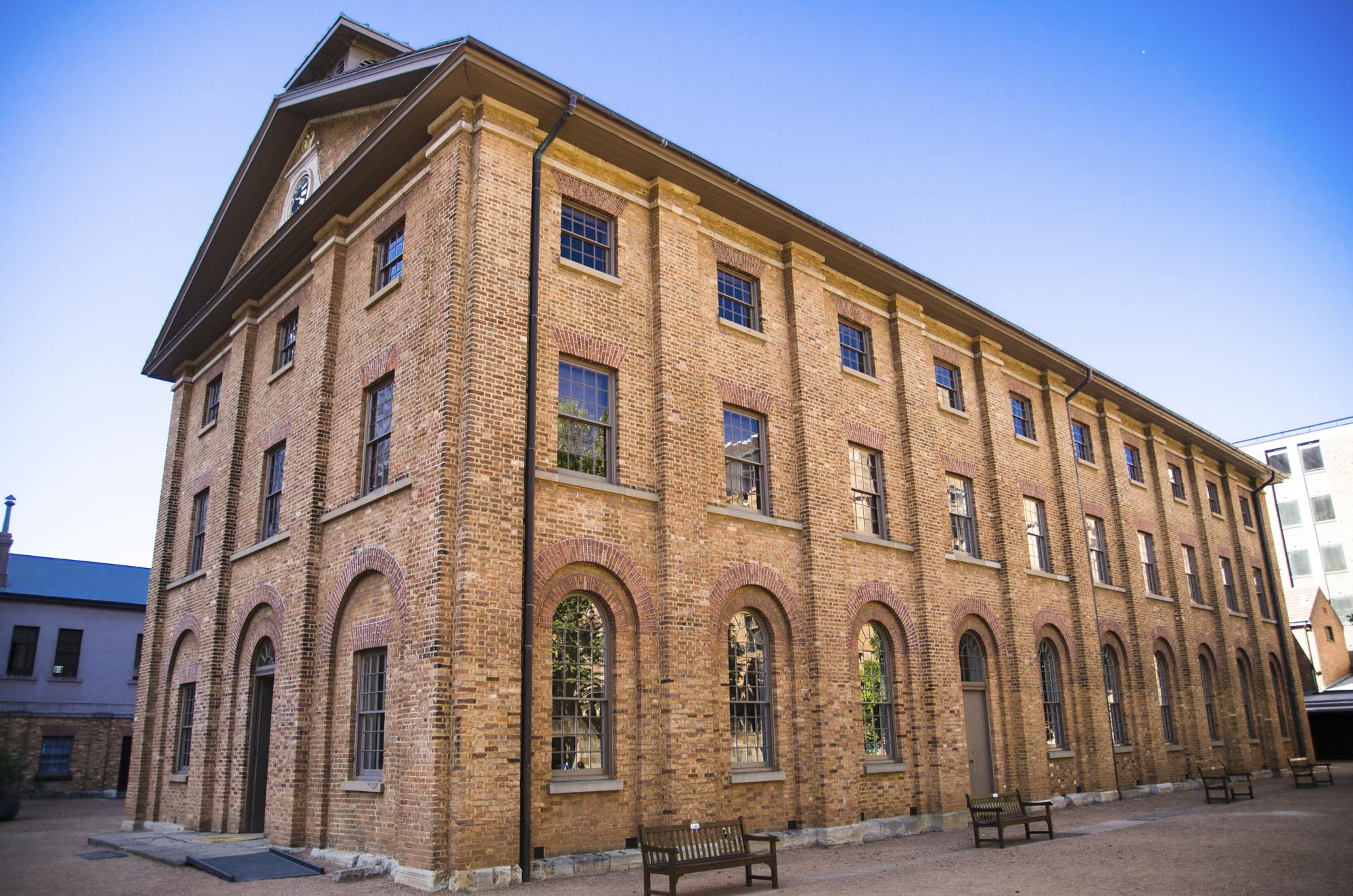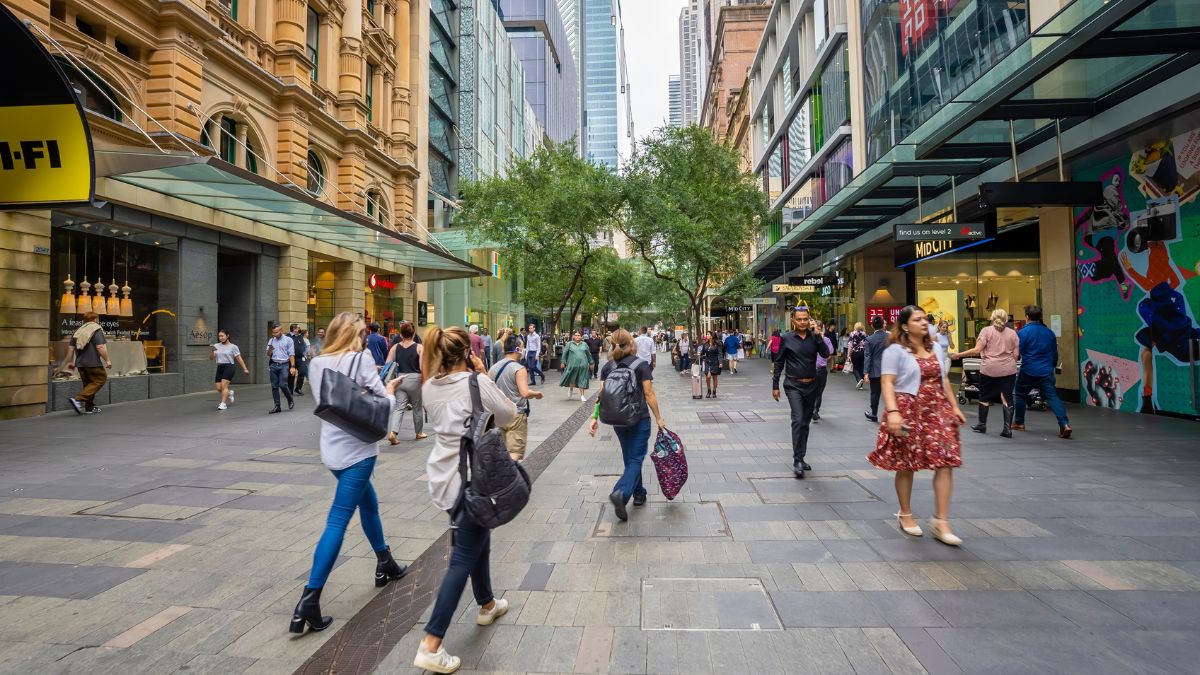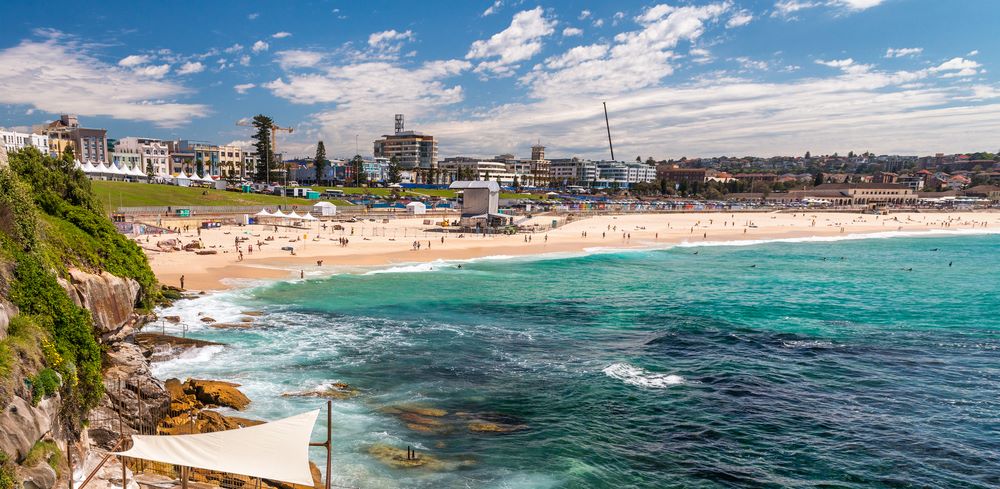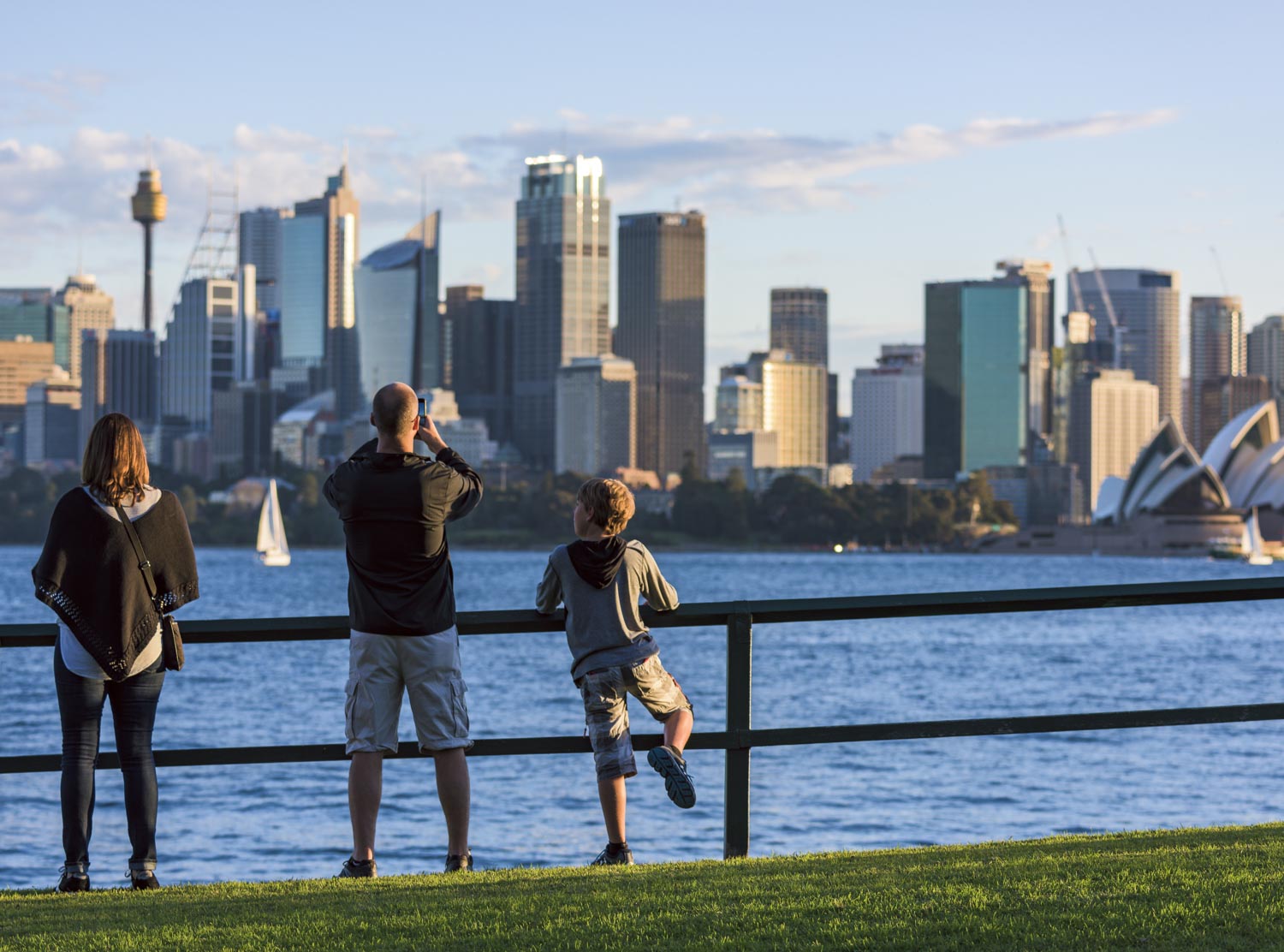Sydney is known for its glistening harbour and spectacular beaches, but it is also a city that has a lot of history that you can still visit.
The city itself is a blend of striking modern architecture and timeless heritage. There are plenty of historic buildings that tell the story of Australia’s early days — from colonial landmarks to grand Victorian masterpieces. Whether you’re a history buff, architecture lover, or just curious about Sydney’s past, these iconic buildings are must-sees on your next visit.
1. Cockatoo Island
Built: Originally in the 1830s (as a convict prison and shipyard)
Location: Sydney Harbour
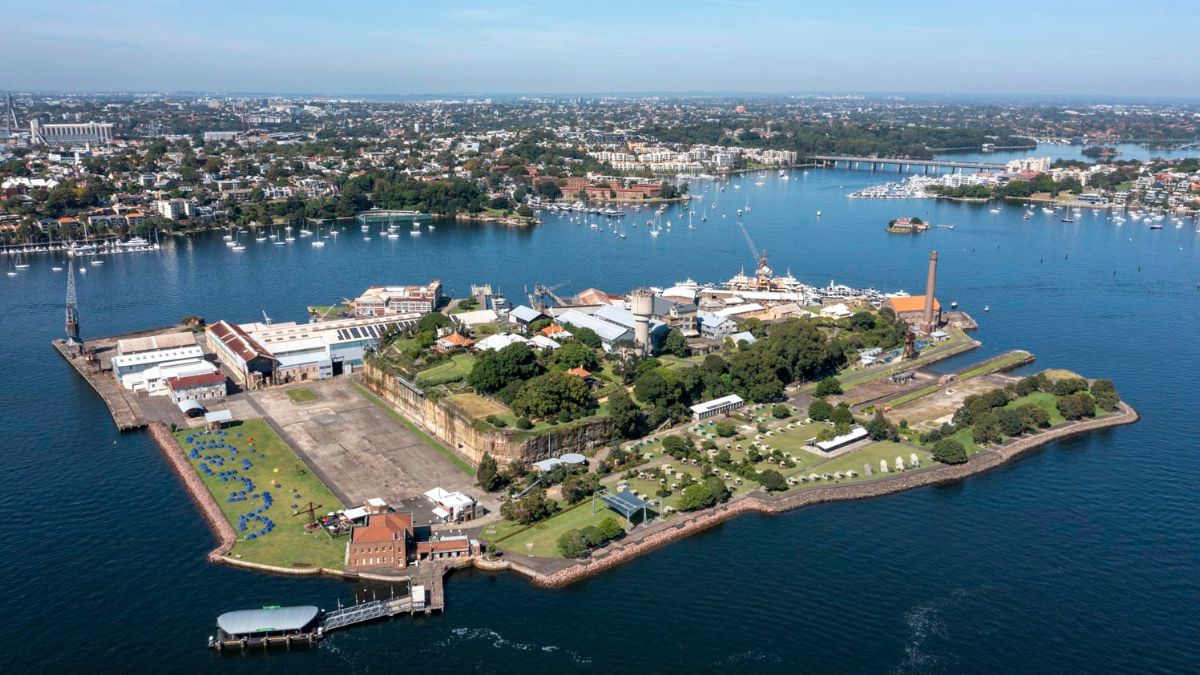
Once a convict penal establishment in 1839 and later a major shipbuilding and repair facility, Cockatoo Island – known as Wareamah by the Indigenous people – is now a UNESCO World Heritage site with a fascinating history. Visitors can explore its industrial past, enjoy the scenic harbour views, and even camp overnight. With cultural events throughout the year, the island’s convict-built buildings, dockyards, and eerie remnants make it a must-visit for history enthusiasts.
You can visit Cockatoo Island by hopping on a ferry from either Circular Quay or Barangaroo.
2. Hyde Park Barracks
Built: 1819
Location: Macquarie Street, Sydney CBD
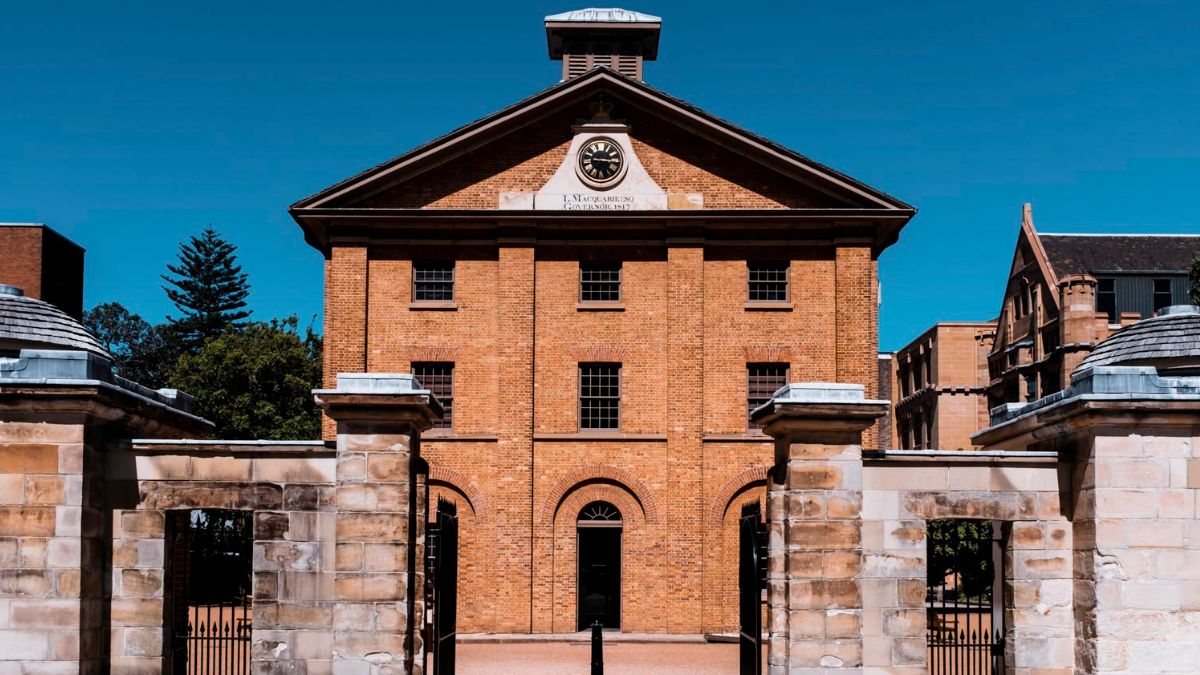
Designed by convict architect Francis Greenway, Hyde Park Barracks is a UNESCO World Heritage site and a powerful reminder of Sydney’s colonial beginnings. Once a home for male convicts and immigrants, today it’s a fascinating museum where history comes to life with interactive exhibits.
The museum is open daily, providing a comprehensive view of Sydney’s early colonial history.
3. St. Mary’s Cathedral
Built: 1868 – 1928
Location: College Street, Sydney CBD
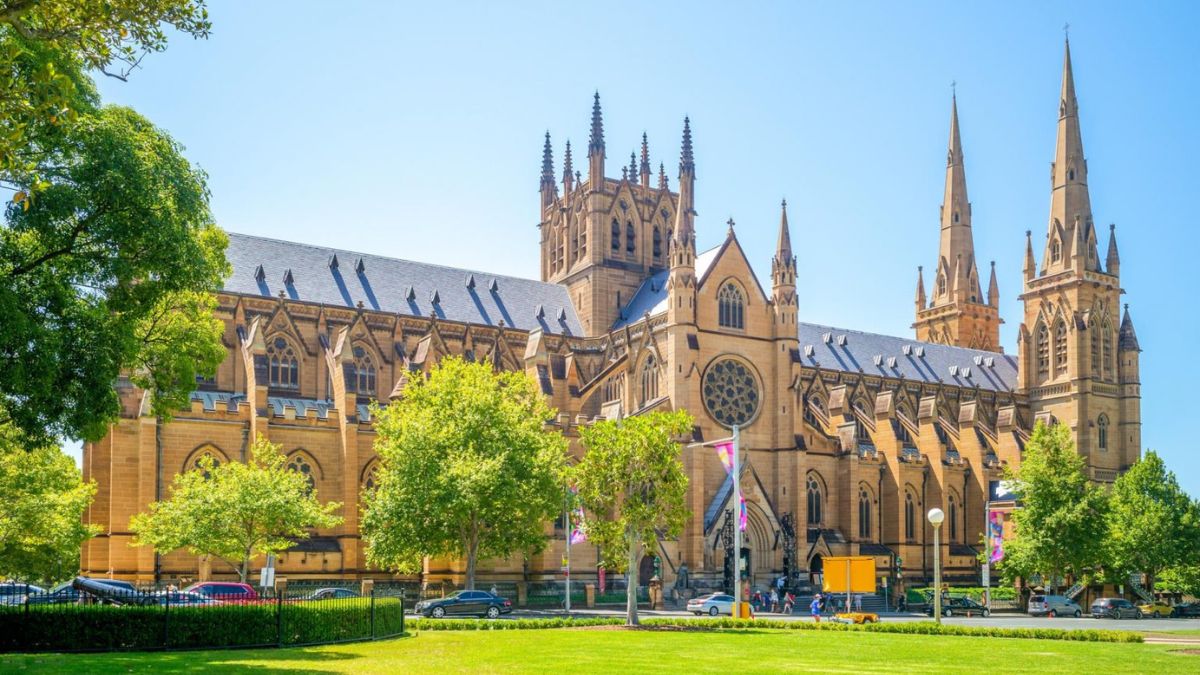
St. Mary’s Cathedral, situated near Hyde Park, is a masterpiece of Gothic Revival architecture. Its construction began in 1868 and was completed in 1928.
The cathedral’s stunning stained glass windows and intricate stonework make it a must-visit for architecture enthusiasts. It is open to the public daily, with services and guided tours available.
4. Government House
Built: 1837 – 1843
Location: College Street, Sydney CBD
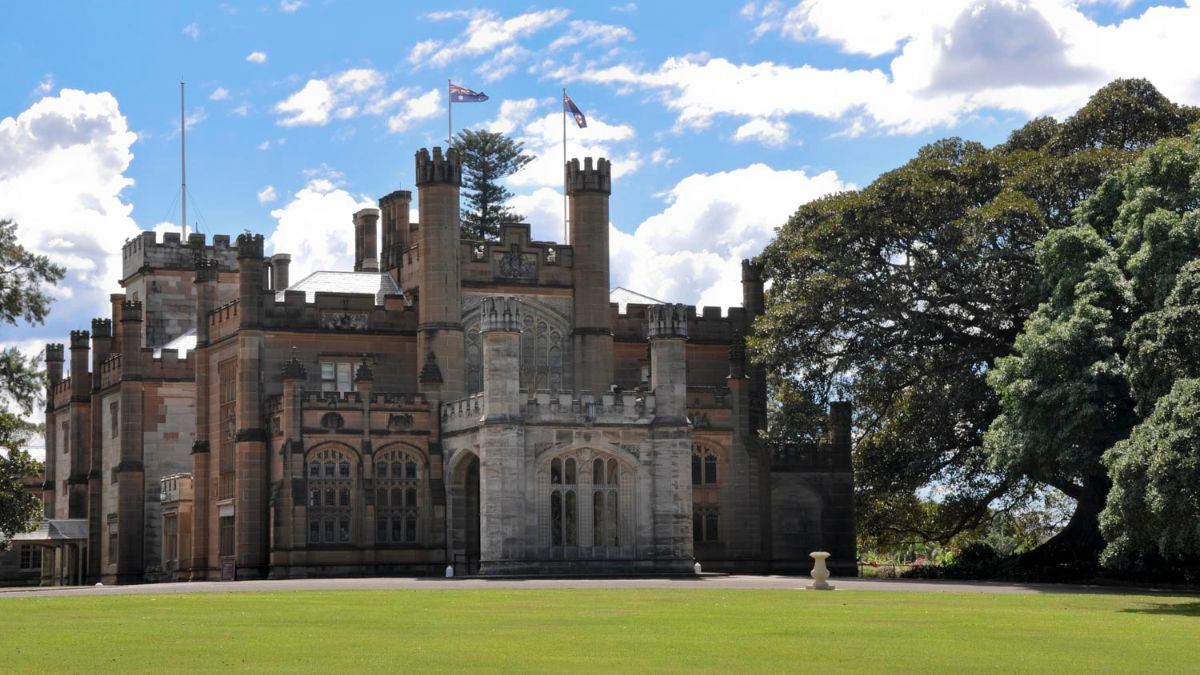
Located within the Royal Botanic Gardens, Government House is a splendid example of Gothic Revival architecture. It served as the residence of the Governor of New South Wales.
Visitors can explore its lavish interiors and beautifully landscaped gardens during guided tours, available on select days.
5. Queen Victoria Building (QVB)
Built: 1898
Location: George Street, Sydney CBD
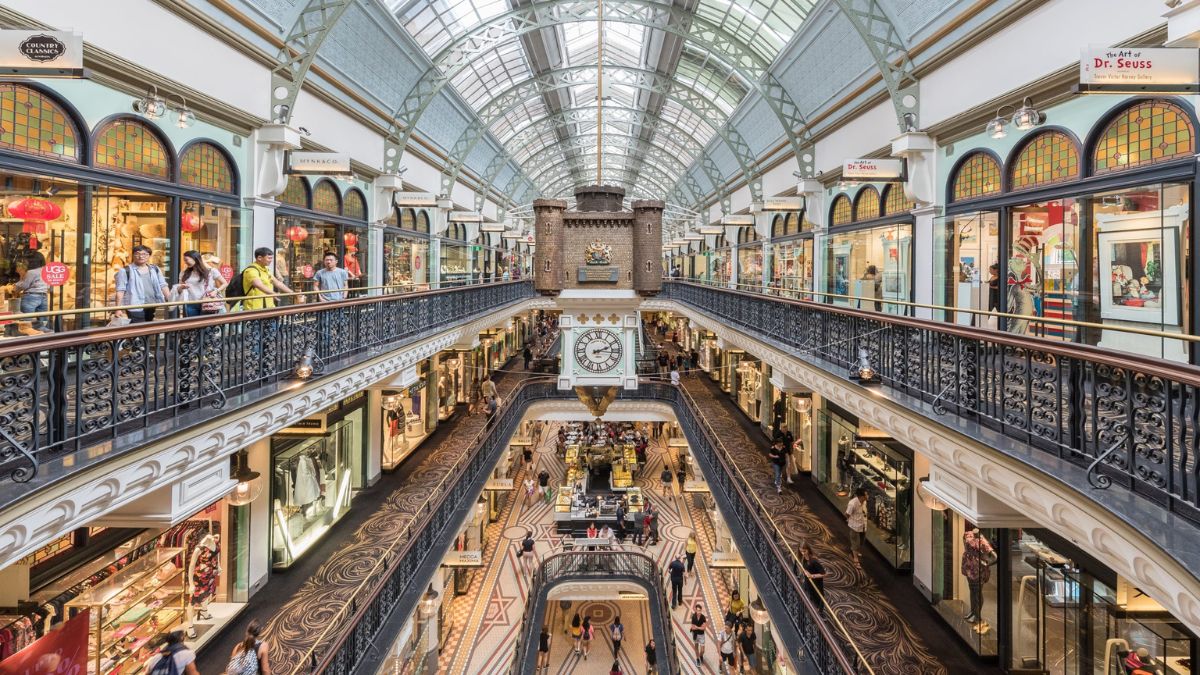
The Queen Victoria Building (QVB), located in the heart of Sydney, is a striking example of Romanesque Revival architecture.
It was originally designed as a marketplace and faced near demolition from 1959-1971, but it still stands proud and now houses an array of boutiques and cafes. The building is open daily, offering a unique blend of shopping and history.
6. Customs House
Built: 1845
Location: Circular Quay
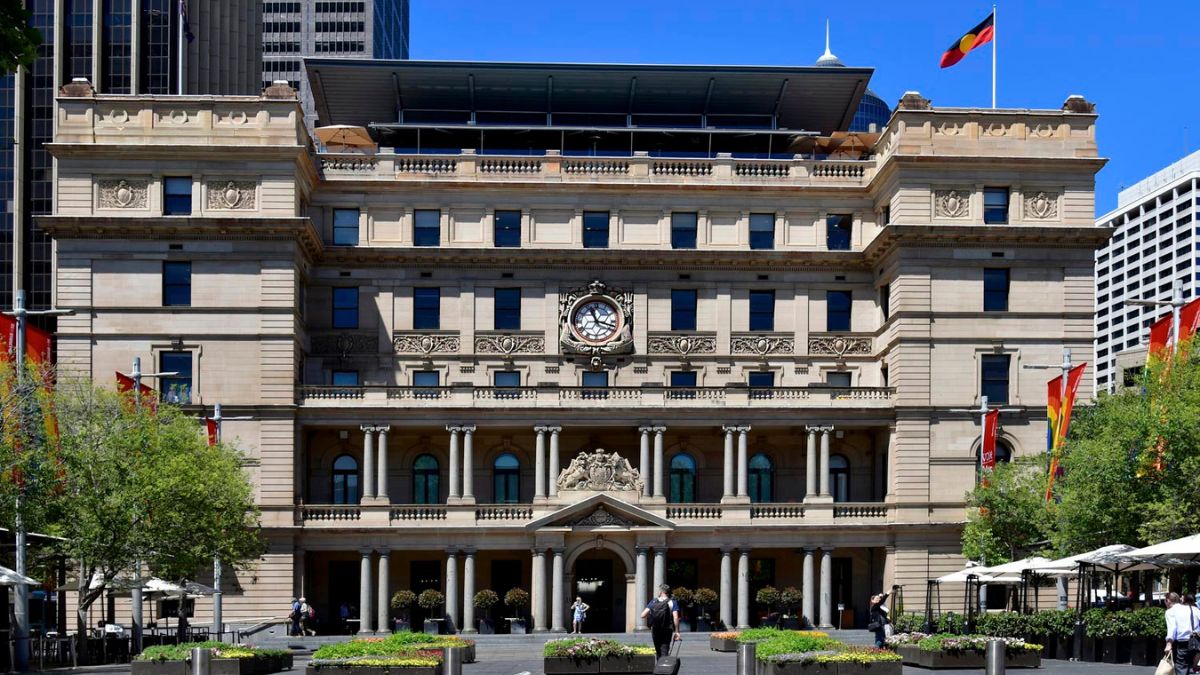
Overlooking Circular Quay, Customs House served as the gateway for ships entering Sydney Harbour, playing a crucial role in Sydney’s maritime trade. Today, it’s a vibrant hub featuring exhibitions, a public library, dining spots, and panoramic rooftop views of the harbour.
7. Susannah Place Museum
Built: 1844
Location: The Rocks, Sydney
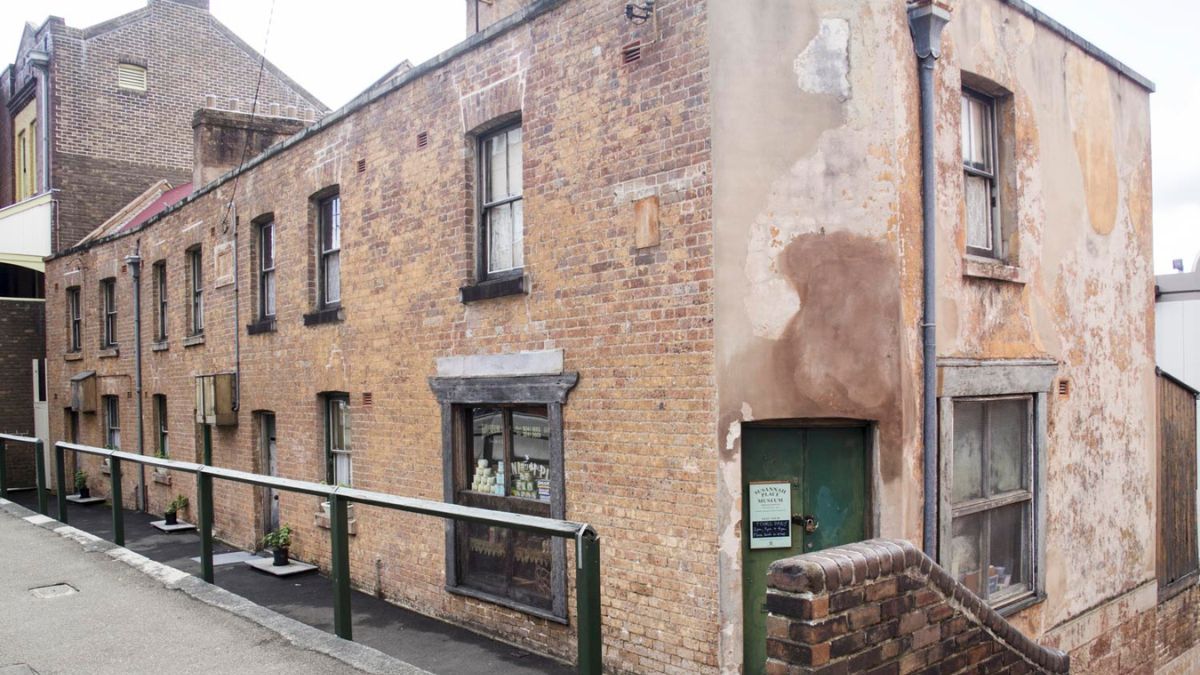
Nestled in The Rocks, Susannah Place Museum offers an intimate look at the lives of working-class families in 19th-century Sydney. The four restored terraces give visitors a rare glimpse into the everyday life of early settlers, with personal stories and historic artefacts that bring the past to life.
The museum is open for guided tours, providing an intimate look at Sydney’s social history.
8. Cadman’s Cottage
Built: 1816
Location: The Rocks, Sydney
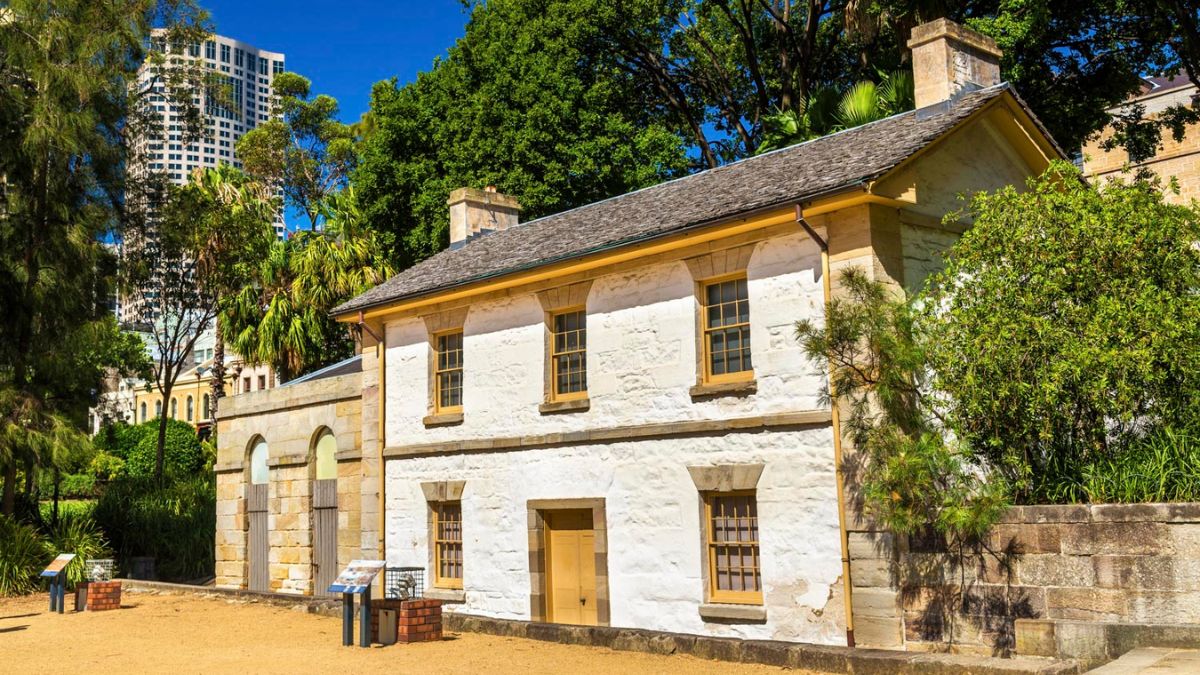
Cadman’s Cottage is one of Sydney’s oldest surviving buildings, originally built for the Superintendent of Government Boats. This charming sandstone building now serves as a museum, offering visitors insights into the early days of European settlement. It also provides stunning views of the harbour and is a perfect starting point for exploring The Rocks.
The site is open to the public, offering insights into early colonial life.
9. The University of Sydney
Built: 1850
Location: Camperdown, Sydney
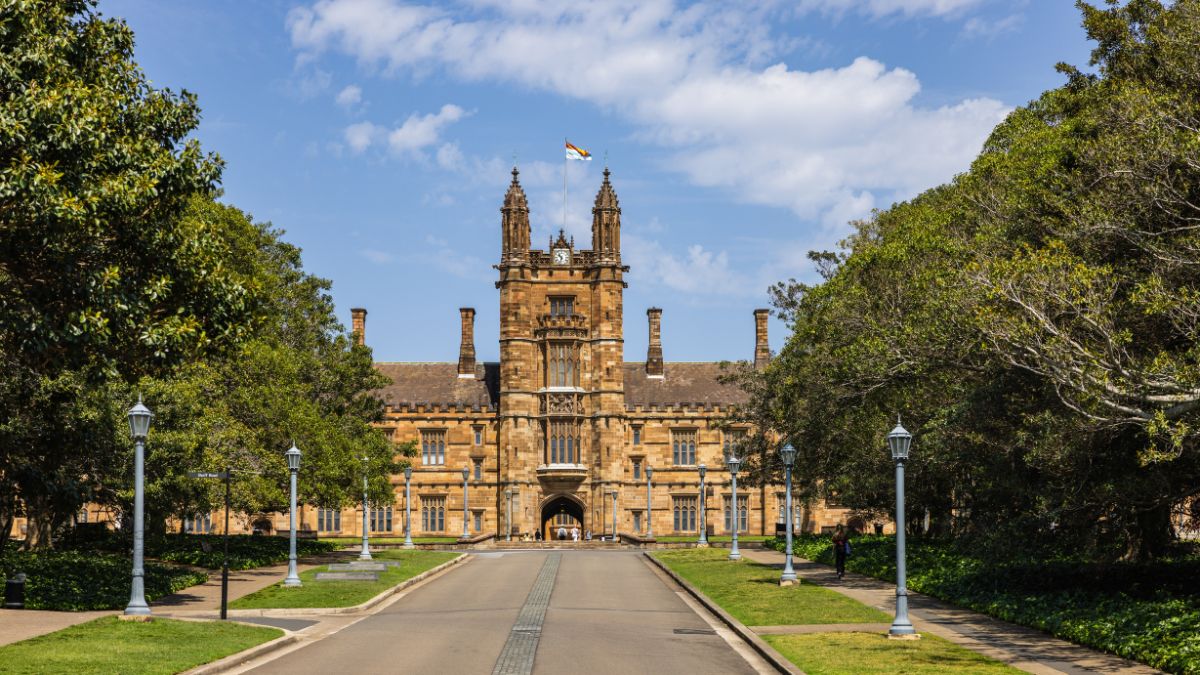
Founded in 1850, the University of Sydney is Australia’s first university, renowned for its stunning sandstone architecture.
The campus, reminiscent of Ivy League institutions, is open for self-guided tours, allowing visitors to explore its historical buildings and beautiful grounds.
Elizabeth Bay House
Built: 1835 – 1839
Location: Elizabeth Bay, Sydney
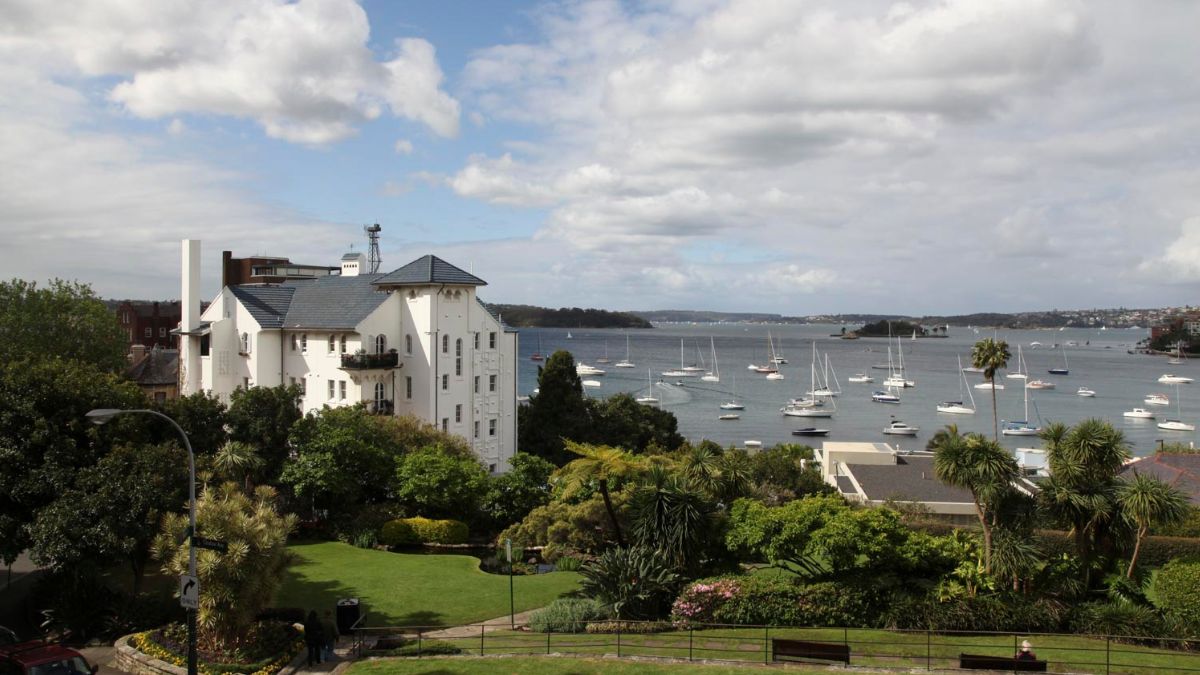
Elizabeth Bay House is a fine example of Regency architecture. Once the home of colonial secretary Alexander Macleay, it is now a museum showcasing period furnishings and offers spectacular views of Sydney Harbour.
The house is open to visitors on select days, providing a window into the opulent lifestyle of Sydney’s early elite.
If you’re looking to learn more about Sydney’s history, here’s a list of the best museums that showcase the city’s history or grab a drink and a bite at one of the city’s historic pubs.
We acknowledge the Traditional Custodians of the land on which Sydney’s historic buildings stand, the Gadigal people of the Eora Nation, and pay our respects to Elders past, present, and emerging. We celebrate the ongoing connection to land, culture, and community.
